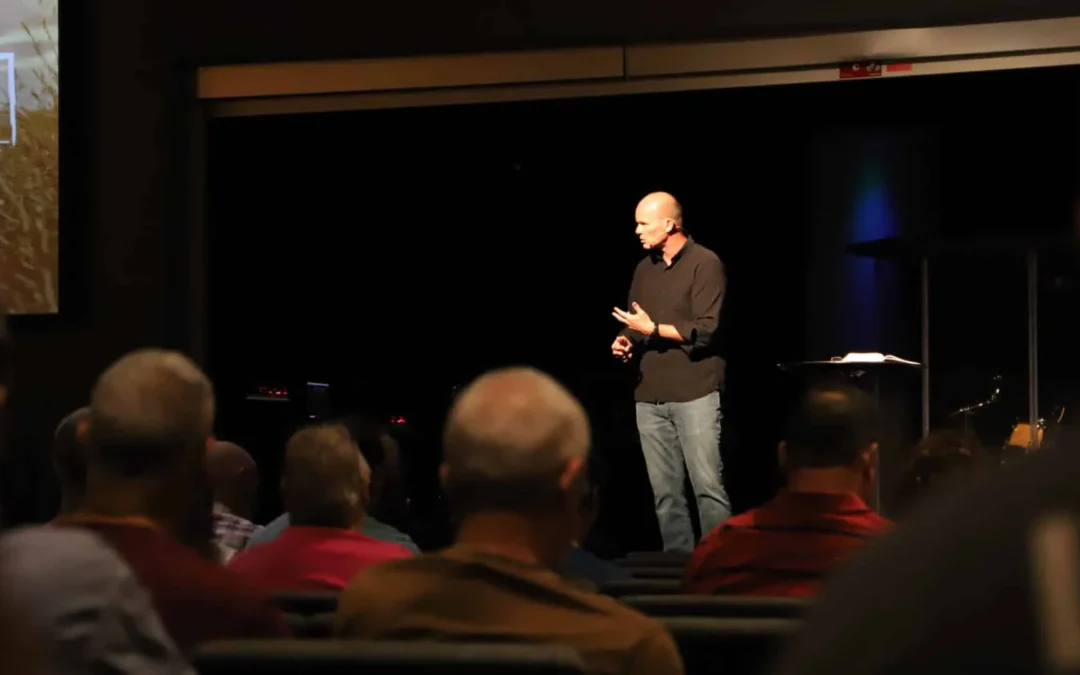For a lot of churches, the process of getting a loan can be a bit overwhelming. There are so many questions. What are the first steps? What information is going to be required? If you are considering taking out a loan in the future, you can start getting things in order now. The more prepared you are, the smoother the process will go.
Here are some suggestions for improving your chances at securing a loan.
1. Put together a business plan.
The idea that you would need a business plan for a church loan might seem weird. After all, you are a church, not a business. Yet a business plan will help you and your board come together on a strategy that you can clearly communicate to a potential lender.
This plan should include a strategy for your facilities. This is likely your largest expense, and it is helpful to see the building as more than a place to gather on Sunday mornings. Is it your intention to purchase or lease an older building, or do you plan on new construction? How would a new building help spur growth? Maybe you see your church using the building throughout the week for other purposes, such as:
- Weddings or community events
- Food bank
- Childcare
- Meeting space for local conferences and gatherings
You also want to consider your plans for staffing as you grow. At what points in your growth trajectory would you add new team members? What positions would you add? How would those positions generate more growth?
A business plan demonstrates forethought and intent. It tells potential lenders that you are not just playing it by ear and that you are able to demonstrate how a loan fits into your long-term goals.
2. Get everything organized.
The number one consideration for any lender is whether a church will be able to pay back the loan. Potential lenders are going to need to see financial records and understand your church’s cash flow. Even if you have a great financial track record, lending has risks. One of the best ways to make lenders comfortable assuming that risk is to have everything arranged and in order.
Before you ever speak to a lender, make sure you have your documentation prepared. You want to put together records of your giving history, budgets from the last few years, minutes from board meetings, payroll history, etc. Your lender may not need to see everything, but you do not want to give the impression that you would have to go scrounging around for something they request.
Think of preparing for a loan as a good opportunity to do some spring cleaning and get your records in shipshape.
3. Demonstrate cash flow.
As you organize your records, keep in mind which types of documents a lender will want to see to know you’ll be able to pay back the loan. This will include documentation on your debts, payroll costs, and ministry expenses. These records will help a lender determine your debt service coverage ratio (DSCR).
You will also need to share what you have available in cash reserves. If there is a dip in giving or any unforeseen problems, a lender is going to need to know you will still be able to cover repayment.
Put your house in order.
For many churches, financial recordkeeping is a lower priority. This can be a problem when it comes to record retention. Financial information can be spread out across multiple locations such as physical files, hard drives, and various computers. One of the most important elements of preparing for a loan is simply pulling together, identifying, and labeling all of your records so it is easier to hand them off to potential lenders.
Even if you are multiple years away from pursuing a loan, your church can get started by creating a business plan and by compiling and keeping track of the important documents and records. Choose to start being fastidious with this information now; you will thank yourself down the road!




